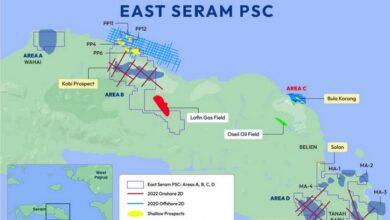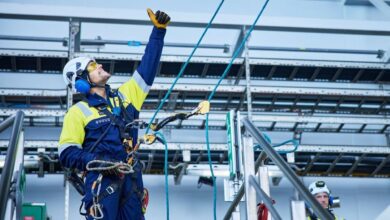IADC UBO guidelines accepted as API RP92U
“API RP 92U is the culminating piece of the committees work that started with the GAP analysis of standards that could have a positive impact on the safety of UBD operations worldwide,” Mr Ramalho explained. The work on RP 92 U began in early 2005.
At the time, a manufacturing standard for rotating control devices and non return valves was needed, and guidelines were required to standardise practices and equipment deployed in UBD operations globally, he added. The committee recognised that before deploying equipment in an appropriate application, there must be assurance that such equipment can be safely deployed.
“We also recognised that standards issued by a recognised body was critical,” Mr Ramalho said. “Hence, we were quite pleased when the API agreed to recognise our UBO Standards Subcommittee as an API Task Group and to adopt and publish our work.”
In 2004 and 2005, the committee’s work on manufacturing standards were adopted and published as API 16RCD and API 7NRV by API.
“RP 92U will provide both experienced and non-experienced operators and service companies, a consistent approach to planning and executing underbalanced drilling operations, irrespective of geographical location, environment or operational complexity,” Mr Ramalho said. This, he added, will ensure personnel safety, public safety, integrity of the underbalanced drilling equipment, and preservation of the environment for land and offshore underbalanced drilling operations.
Mr Ramalho expressed appreciation for the people who contributed to the effort, and to their companies, which supported the work. Of particular note, he said, are Phil Frink, co-founder and formerly president of Blade Energy Partners, Joe Kinder, the then-Chairman of the IADC UBO/MPD Committee, and Ken Fischer of IADC.
He also recognized the Canadian Association of Drilling Contractors (CAODC), Canadian Association of Petroleum Producers (CAPP), Petroleum Services Association of Canada (PSAC) and Alberta Energy Utilities Board (AEUB), particularly the Drilling and Completions Committee (DACC), whichsupported this project and whose guidelines related to underbalanced drilling in the Canadian environment was the basis for this document.
“Their belief in the need for this document and their commitment of time in addition to the quarterly subcommittee meetings was instrumental in the delivery of the final product,” Mr Ramalho said.
Contact Ken Fischer, IADC, for more information.




